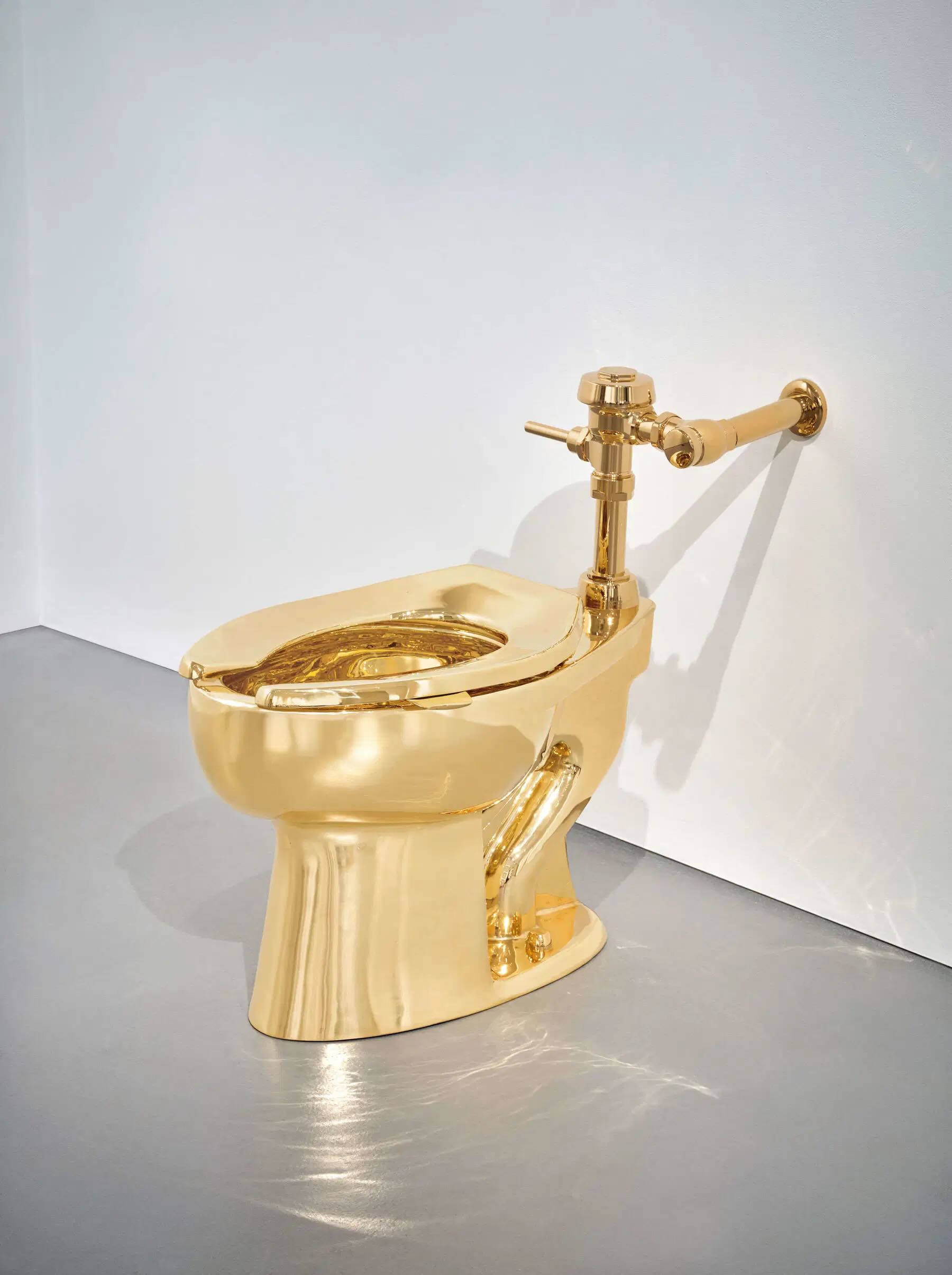Born in La Spezia and a naturalized New Yorker, Gaetano Pesce is one of the most prolific creators of our century. His original inventions are always on the hunt for the future and never lack innovation. We could tell you about his famous furniture products, but we have chosen to remember some of his architectures to underline how his works always speak of tomorrow.
A leading exponent of radical design, a movement born in the late 1960s, Pesce distinguished himself for his ability to handle forms and materials with an extremely open and detached mind. He is credited with the first plant-based architecture project, the Organic Garden in Osaka, a project begun in 1989 and completed in 1993. The building, which to this day remains one of the city's distinctive elements, consists of nine floors destined mainly for offices, whose facades are entirely covered with concrete panels clad in red-colored steel, punctuated by a series of fiberglass "pockets" that hold pots with over 80 types of indigenous plants (most of which are bamboo).
The project conceived by the great architect for the new World Trade Center in New York is of a completely different kind: two towers twisting on themselves, united by a large pink heart. A color celebrated in other projects such as the Pink Pavilion designed for the Milan Triennale in 2007. On that occasion, Gaetano Pesce declared: "Like any human activity, architecture also needs to progress. I hope that this pink pavilion can make us reflect on the urgent need for renewal in many forms, as represented in this case by the color pink, so unexpected, that it could become the color of the future."
The Lingotto Fiat factory in Turin, the Children's House for the La Villette Park in Paris, the Gallery Mourmans in Belgium, Sao Paulo Tower, Bahia House, are other projects to be explored, yet what unites all his work is the courage to see architecture and design as a testing ground to manifest the human need for continuous evolution, not only in terms of technique and materials but also as ideological innovation. His projects testify that any work in the future will be as unique as people are: "Entering the era of the unique piece marks the entry of creativity into industrial production, capable of creating that special touch which gives originality. It is the craftsmanship of the future. The rips in the blue jeans of contemporary fashion are a symbol of this search for uniqueness, and the future will be made of originals and not copies." intOndo strongly agrees.






.png)





